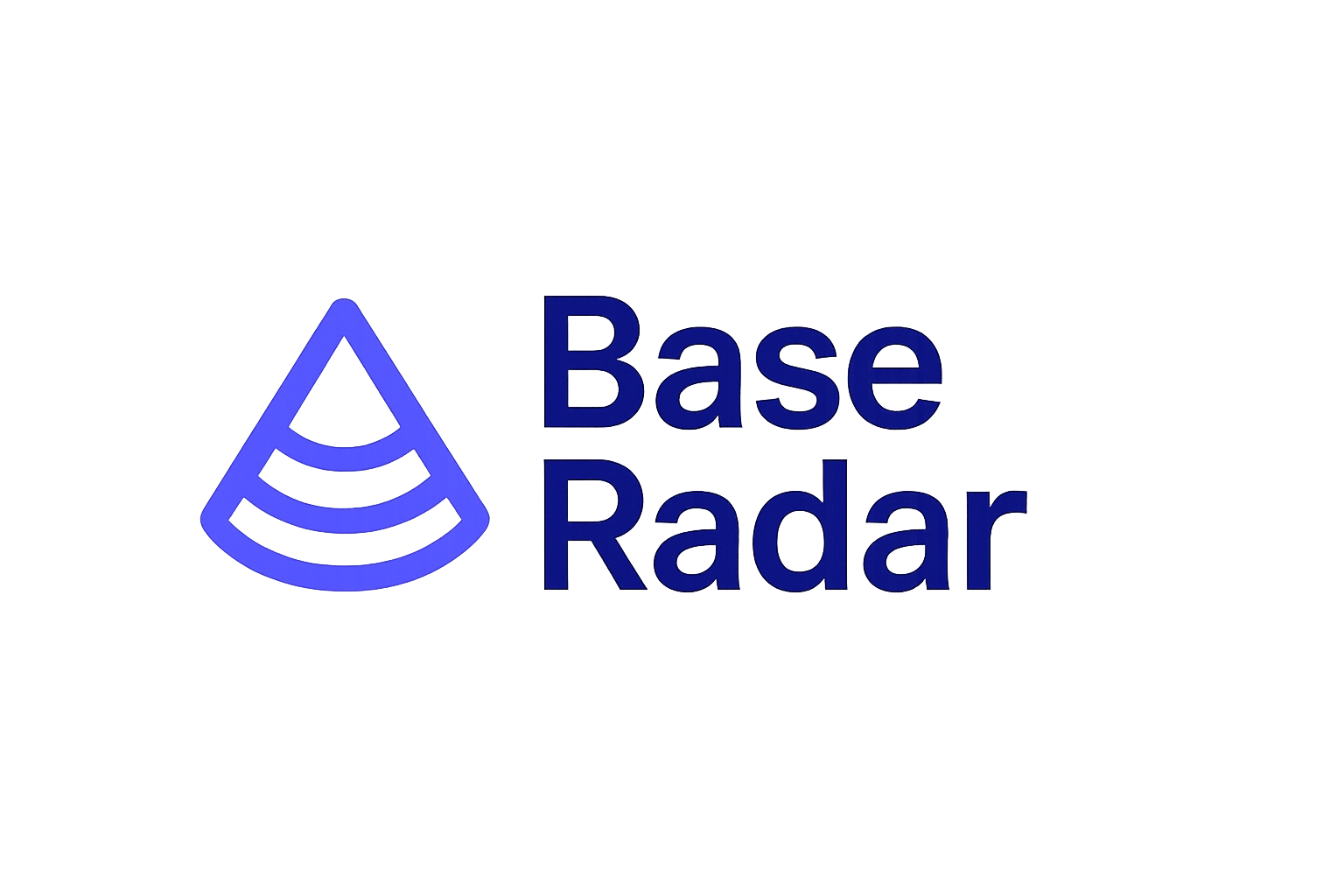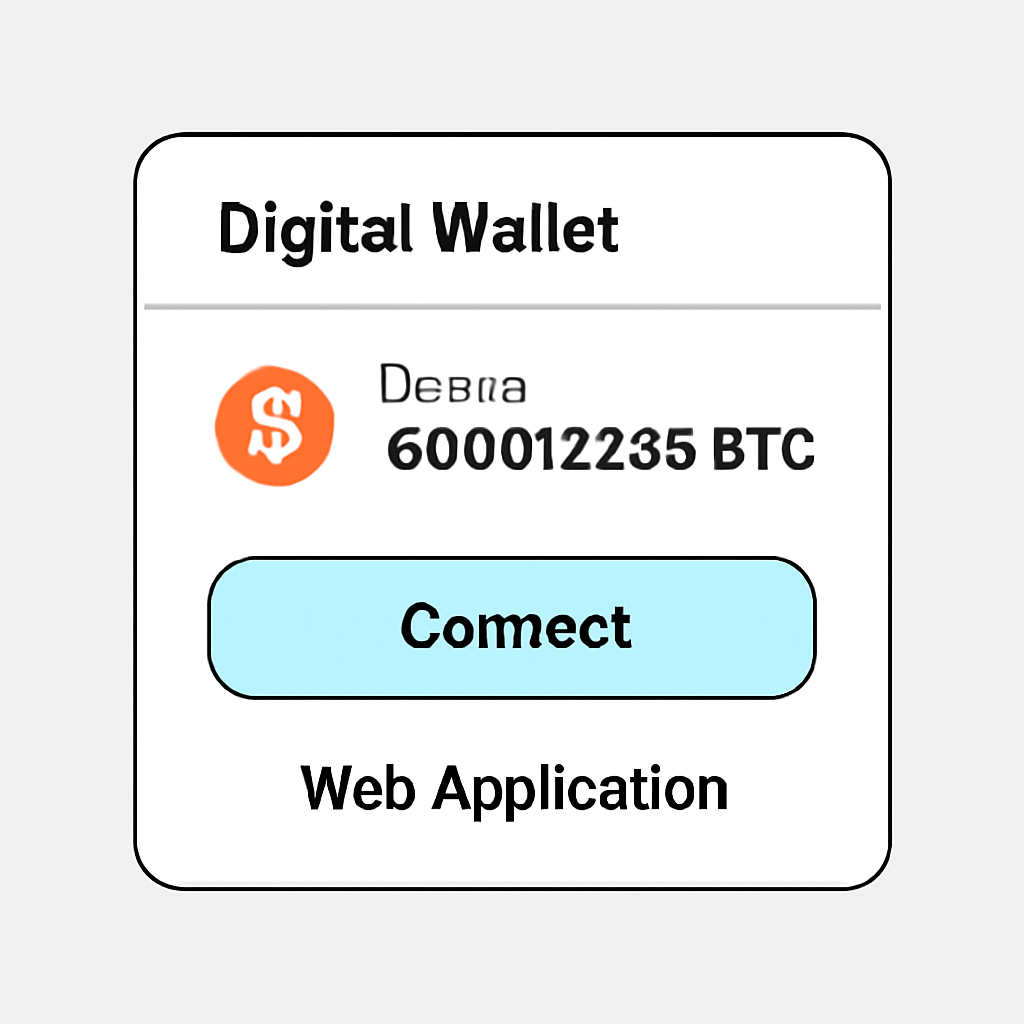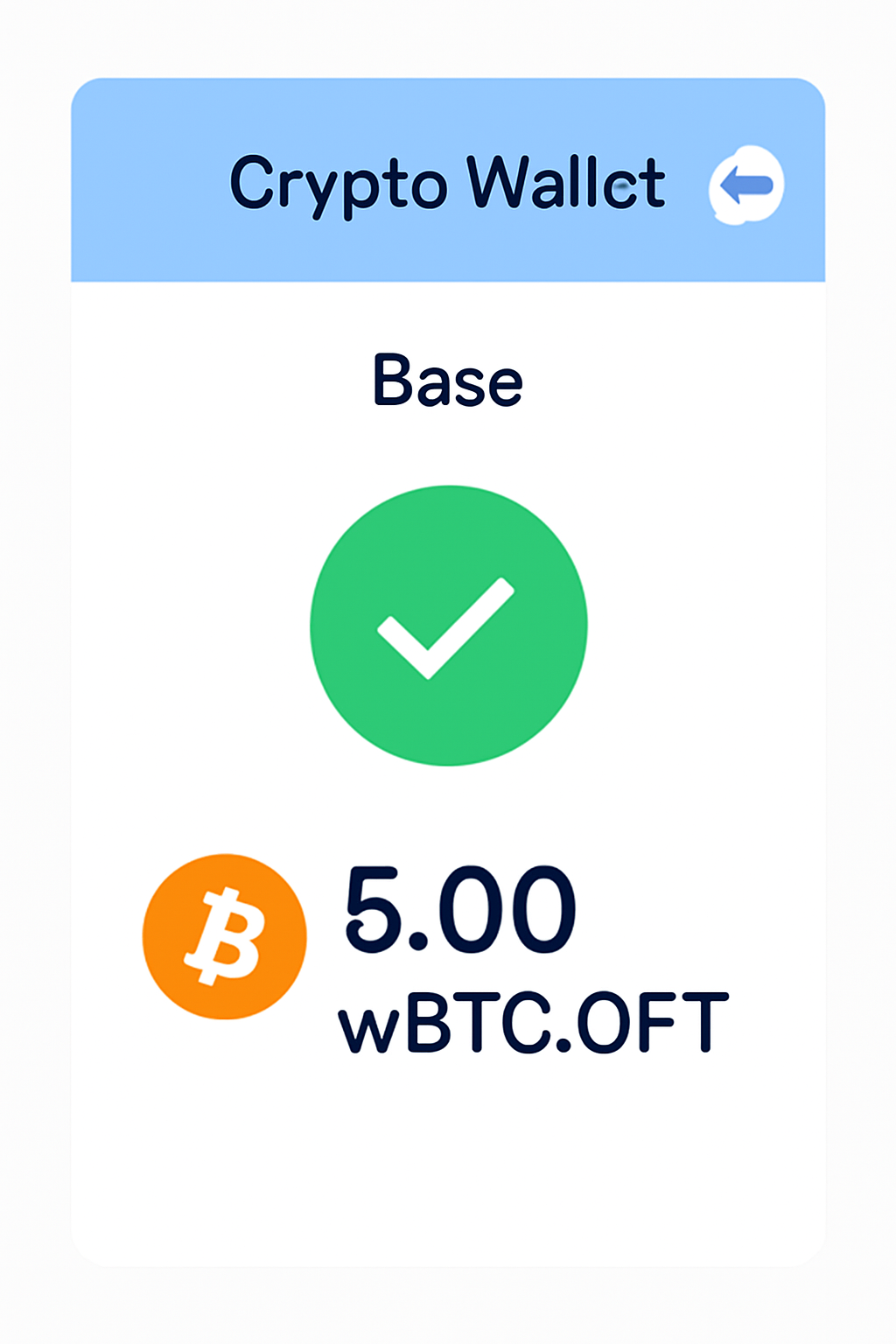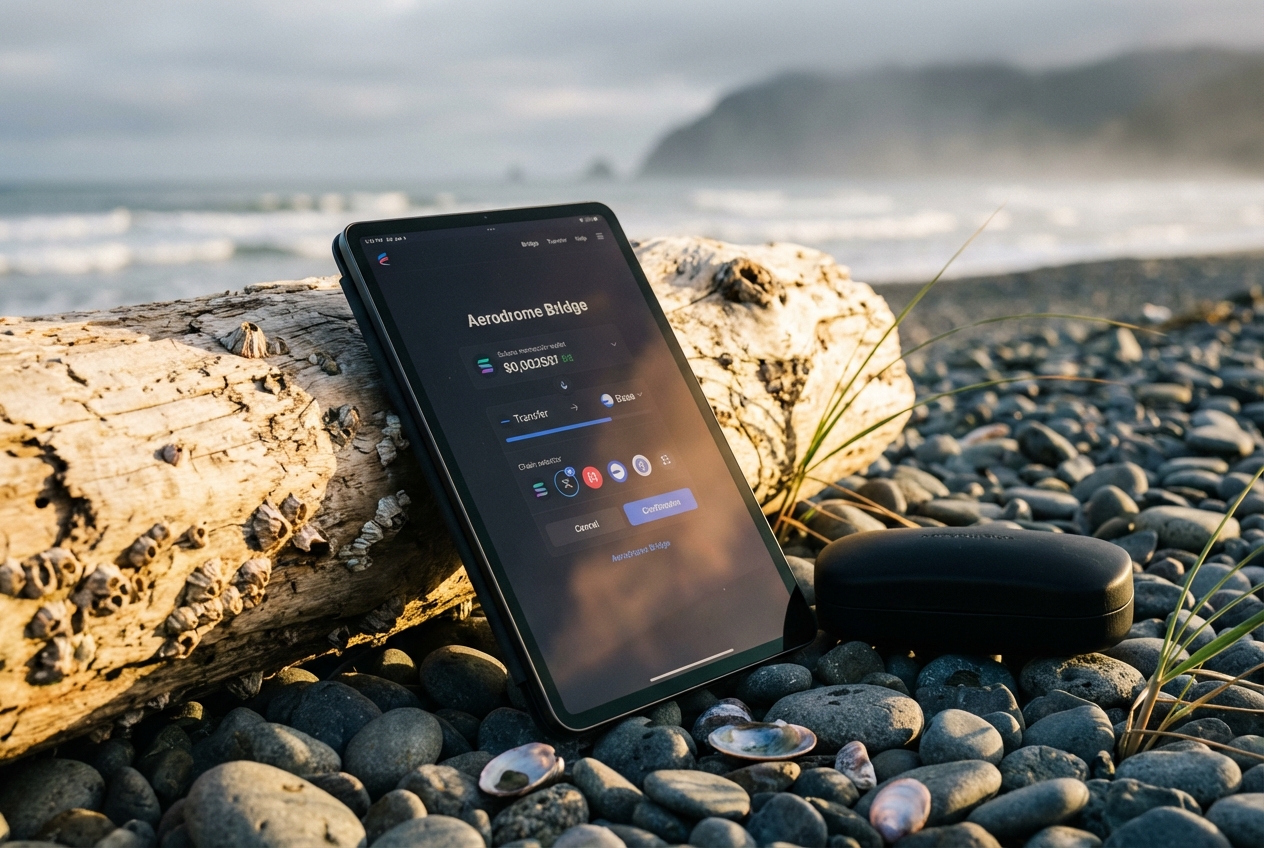
As Bitcoin (BTC) maintains its remarkable position above $100,000, currently trading at $109,555, the demand for seamless interoperability with Ethereum Layer 2s like Base has never been higher. Base, built as a scalable and cost-effective Layer 2, now attracts users eager to move native Bitcoin and emerging Bitcoin assets like Runes tokens into its thriving DeFi ecosystem. This guide delivers a technical, step-by-step walkthrough for bridging Bitcoin and Runes tokens to Base, with a focus on minimizing risk, fees, and complexity.
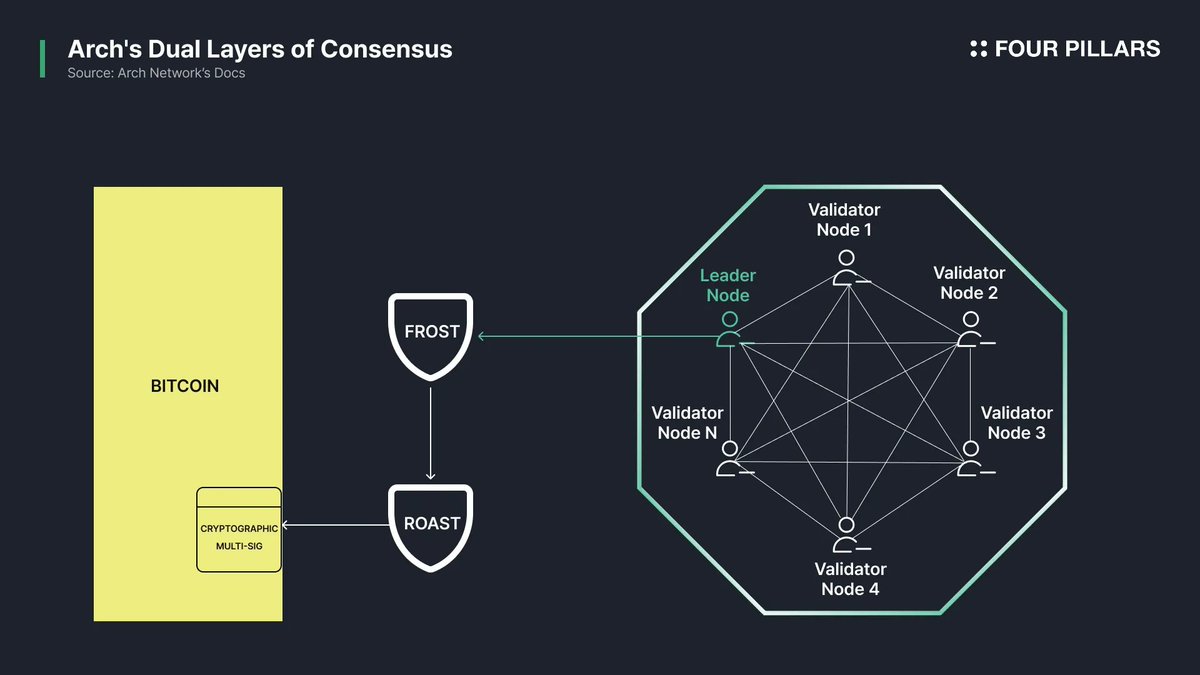
Why Bridge Bitcoin and Runes Tokens to Base?
Bridging Bitcoin to Base unlocks direct access to Ethereum-native DeFi protocols, high-speed swaps, and yield strategies unavailable on Bitcoin’s base layer. Runes tokens, built atop Bitcoin using the Runes protocol, represent a new class of fungible assets. As protocols like BOB Gateway and LayerZero’s OFT standard mature, users can now bridge BTC to Base in a single, trust-minimized transaction. Meanwhile, the ability to move Runes tokens to Base remains on the horizon, with ongoing development and the anticipated OP_CAT BIP paving the way for future interoperability.
Step-by-Step: Bridging Bitcoin to Base Using BOB Gateway and LayerZero
For users seeking a secure, one-click solution, the BOB Gateway integrated with LayerZero’s Omnichain Fungible Token (OFT) standard stands out. Here’s how to move BTC to Base efficiently:
This approach eliminates the need for centralized custodians or manual minting, ensuring your Bitcoin is represented on Base as wBTC. OFT and available for immediate use in DeFi protocols. For a deeper technical dive, see the Base Radar guide.
Current State of Bridging Runes Tokens to Base
Runes tokens are a recent innovation on Bitcoin, designed for fungibility and efficient on-chain transfers. While direct bridging to Base is not yet mainstream, the landscape is evolving rapidly. Developers and users should monitor both the Base documentation and official Runes channels for updates as new standards and protocols are implemented.
Key Features & Security Considerations for Bridging BTC and Runes to Base
-
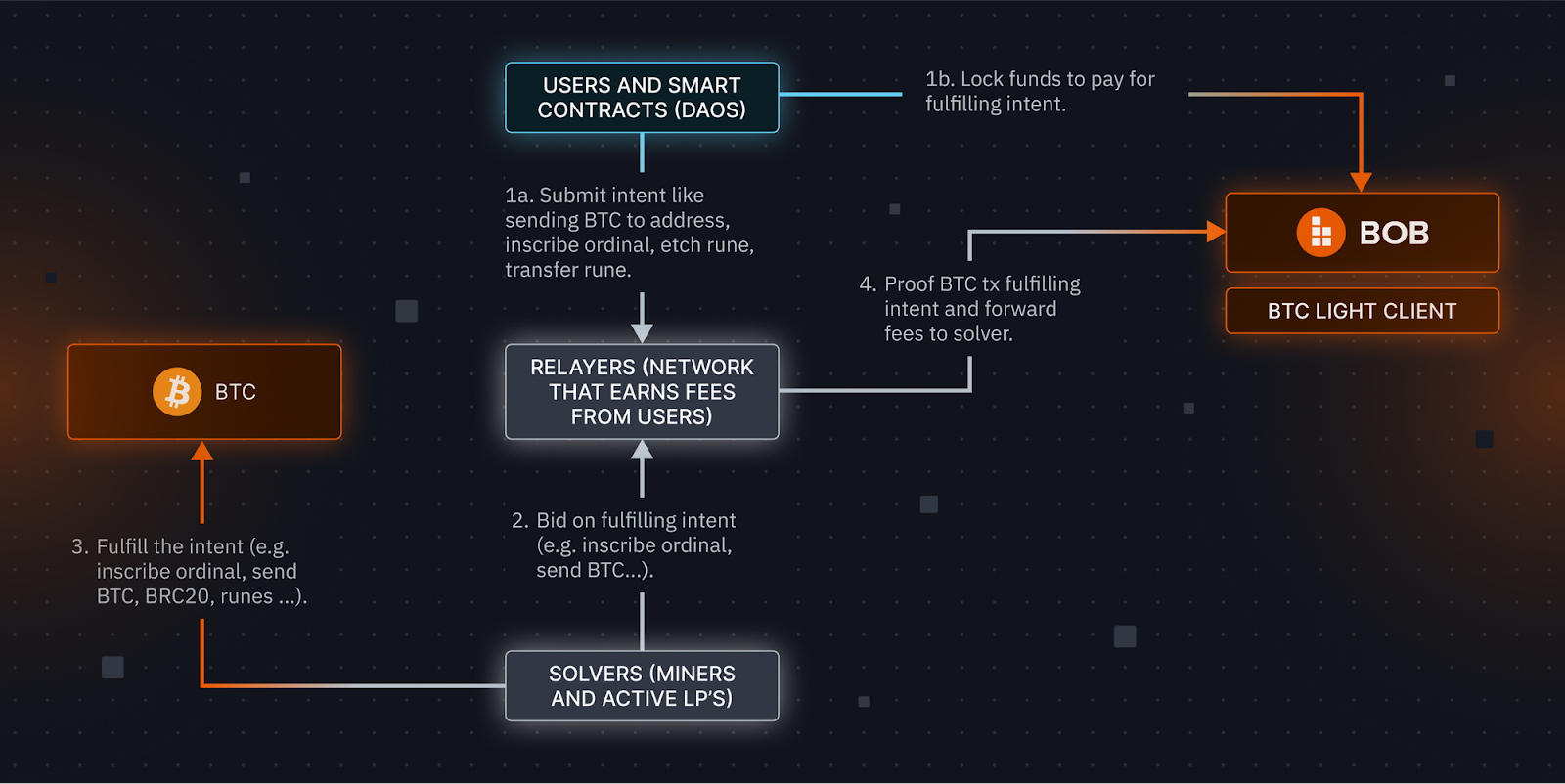
Trust-Minimized Bridging with BOB Gateway & LayerZero: The BOB Gateway integrates LayerZero’s OFT standard, enabling secure, single-transaction bridging of native Bitcoin (BTC) to Base without relying on third-party custodians.
-
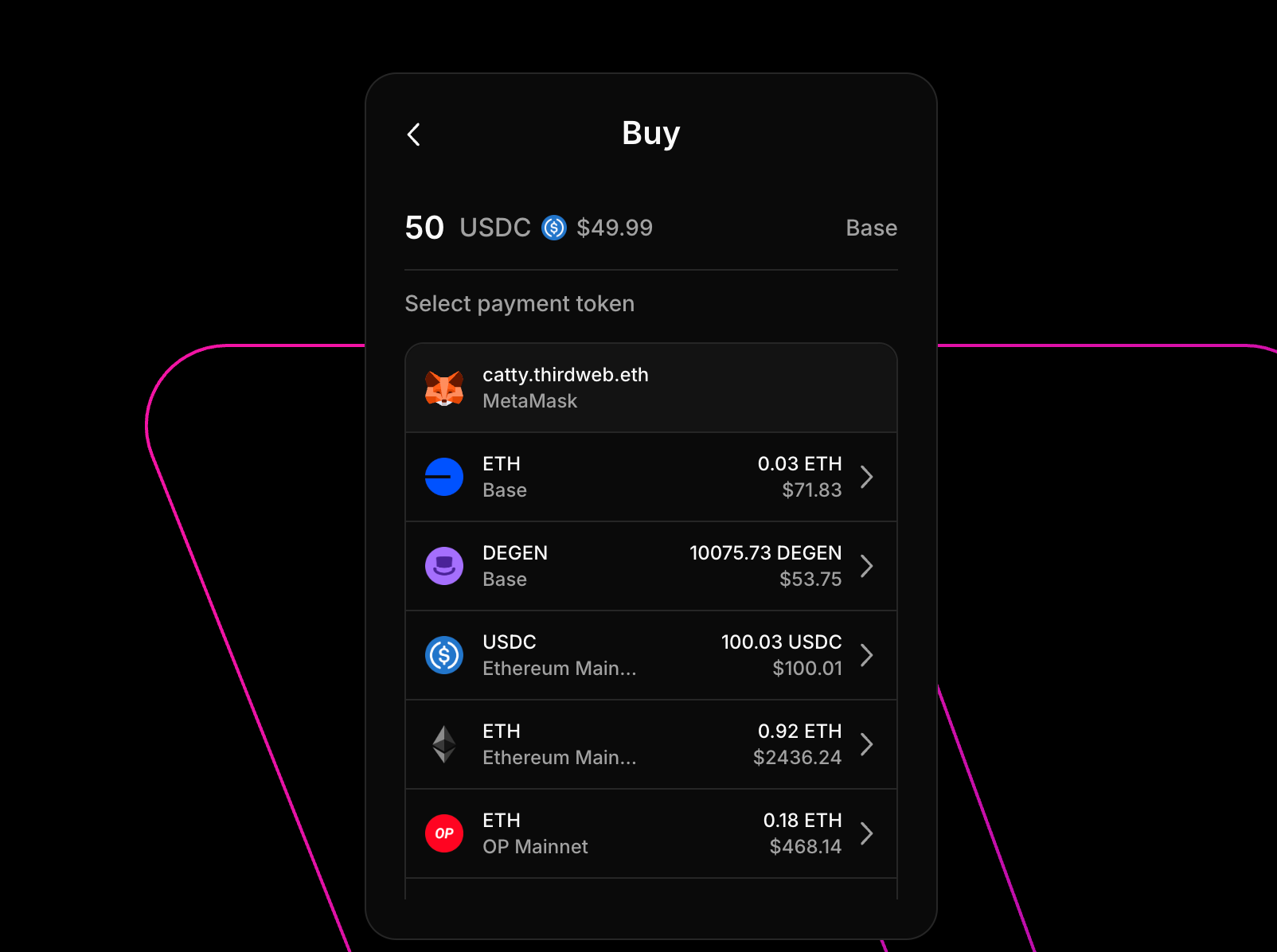
Native Bitcoin Support: Users can bridge actual BTC (trading at $109,555 as of October 23, 2025) to Base, receiving wBTC.OFT tokens compatible with Base’s DeFi ecosystem.
-
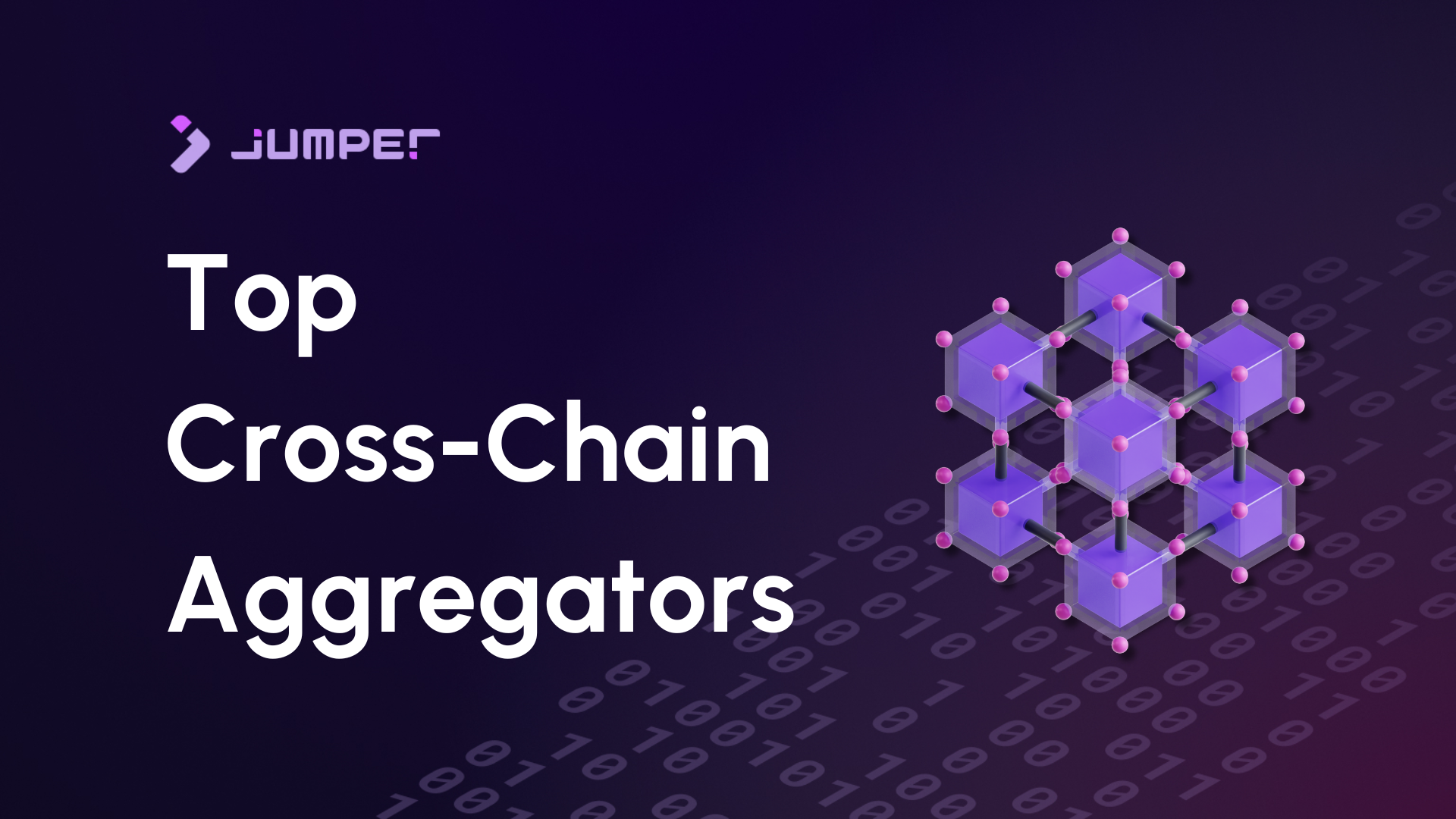
Reputable Bridge Aggregators: Platforms like Jumper Exchange, LI.FI, and Rango Exchange support bridging to Base, offering user-friendly interfaces and multi-chain compatibility.
-
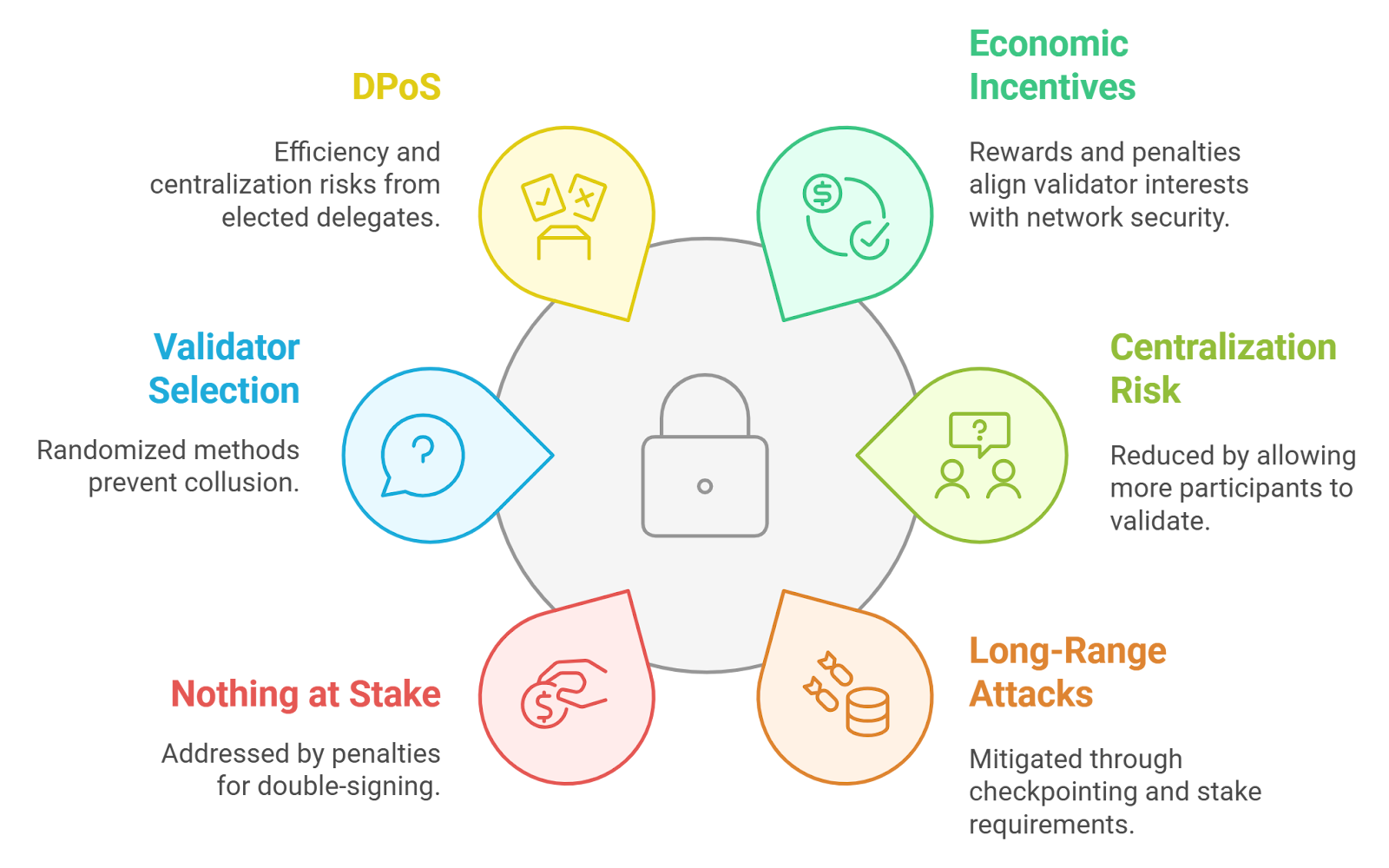
Security Best Practices: Always verify the legitimacy of the bridge platform, double-check URLs, and confirm wallet permissions to minimize risks of phishing or smart contract exploits.
-
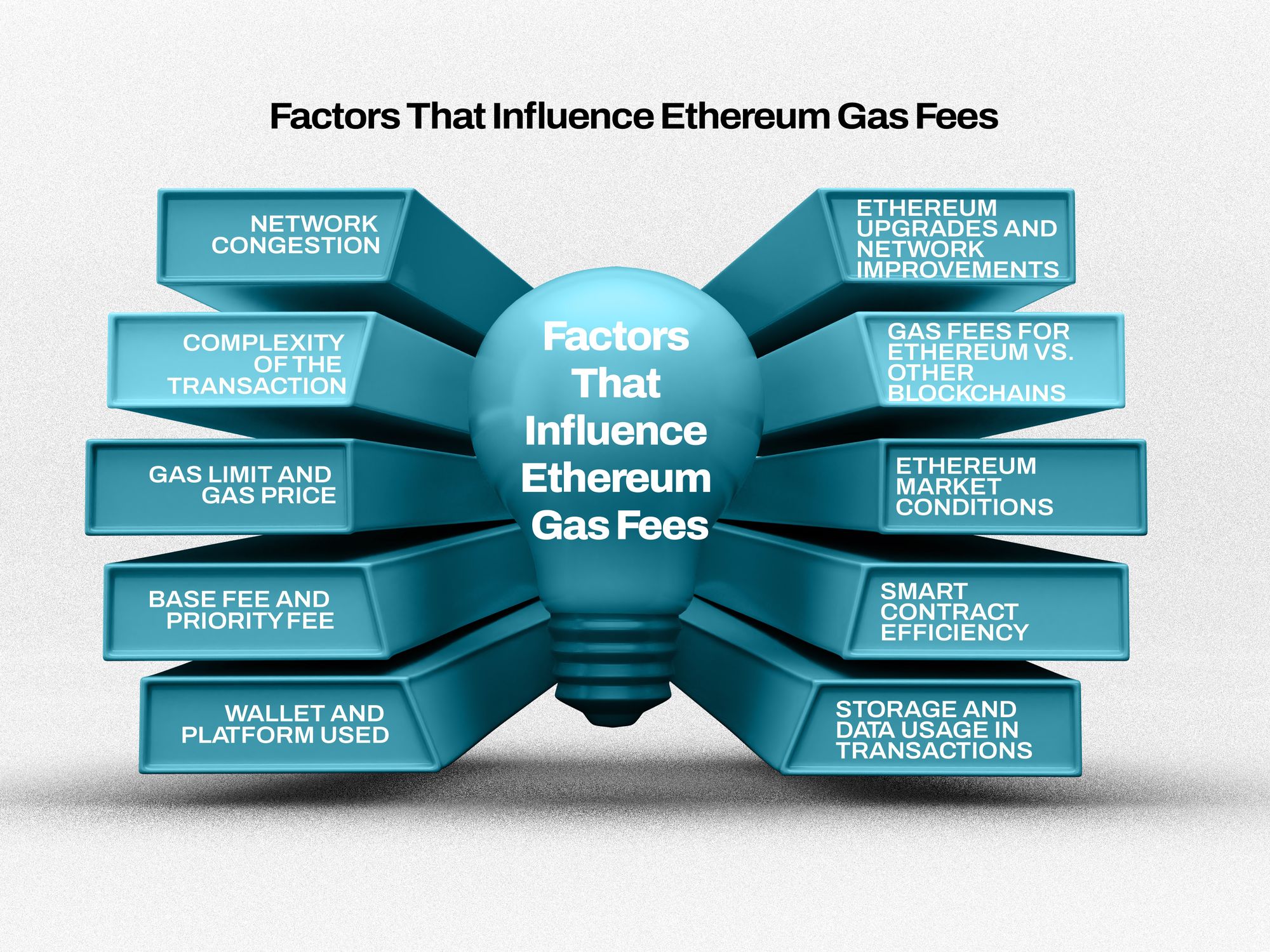
Fee Awareness: Transaction fees vary by bridge and network congestion; always review estimated costs before confirming a bridge to avoid unexpected expenses.
-

Token & Network Compatibility: Ensure the tokens you wish to bridge (BTC, Runes) are supported on Base. Not all tokens or protocols currently offer direct bridging, especially for Runes tokens.
-
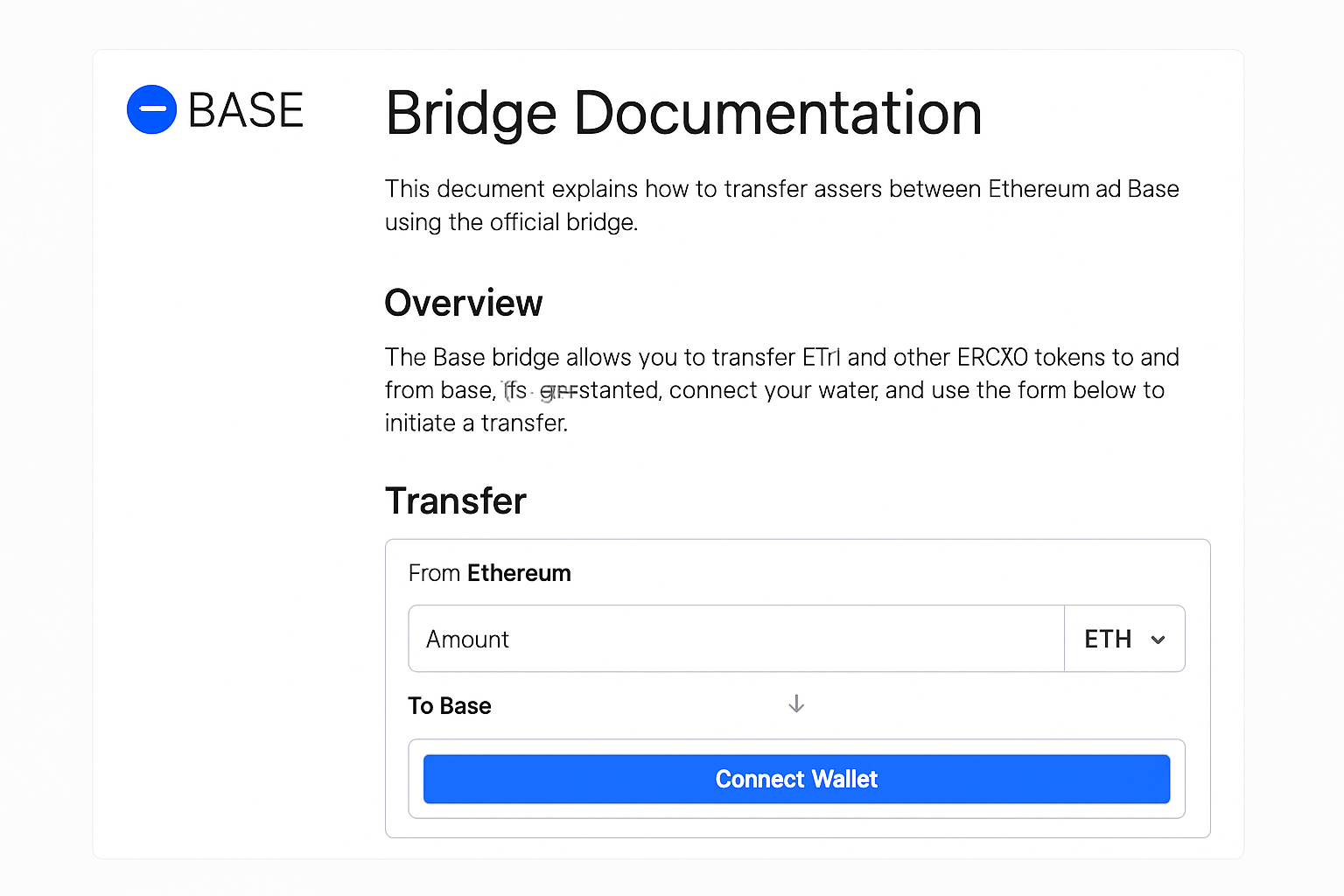
Official Documentation Reference: Consult up-to-date resources like the Base Documentation on Bridges and official Runes or bridge platform guides for the latest procedures and supported assets.
Until Runes bridging is fully supported, users can experiment with general bridge aggregators for ERC-20s, keeping in mind compatibility and security best practices. For now, native Bitcoin bridging via BOB Gateway remains the most robust and widely adopted pathway.
Optimizing Your Bridging Experience: Fees, Security, and Timing
When moving assets like BTC or Runes tokens to Base, a technical approach to cost and risk management is essential. Transaction fees can fluctuate based on Bitcoin and Ethereum network congestion, so timing your bridge during off-peak hours often results in significant savings. The BOB Gateway, leveraging LayerZero’s OFT, is engineered for efficiency, but users should still confirm all fee estimates before executing transfers.
Tips to Minimize Fees and Maximize Security When Bridging to Base
-
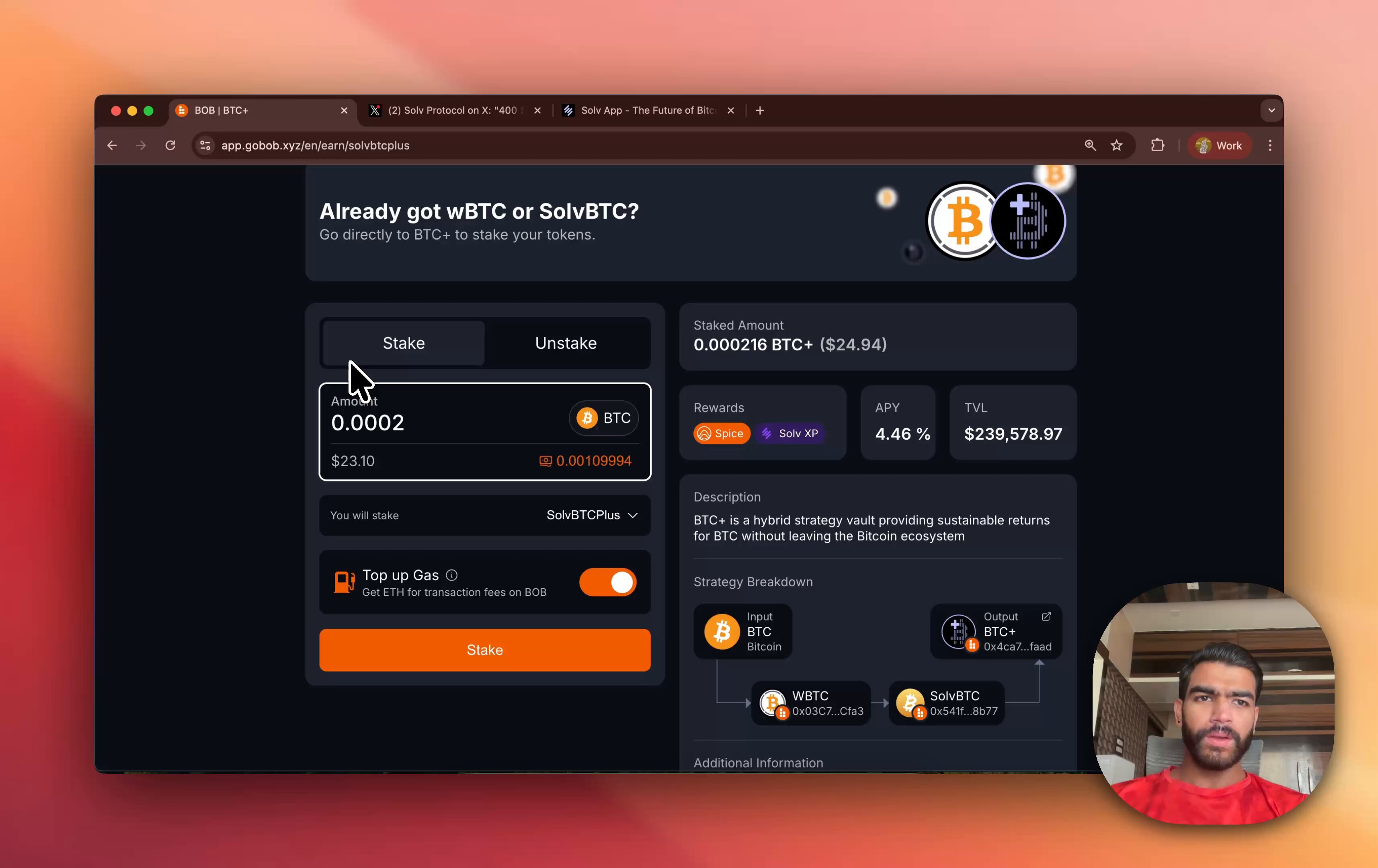
Use Reputable Bridges Only: Stick to well-established platforms like BOB Gateway, Jumper Exchange, or Rango Exchange to reduce the risk of smart contract exploits or phishing attacks.
-

Compare Fees Across Platforms: Before bridging, compare estimated gas and protocol fees on different aggregators (e.g., LI.FI, Rango, Jumper) to select the most cost-effective route, especially during periods of low network congestion.
-

Bridge During Off-Peak Hours: Initiate transactions when both Bitcoin and Base (Ethereum L2) networks experience lower activity to benefit from reduced gas fees and faster confirmations.
-
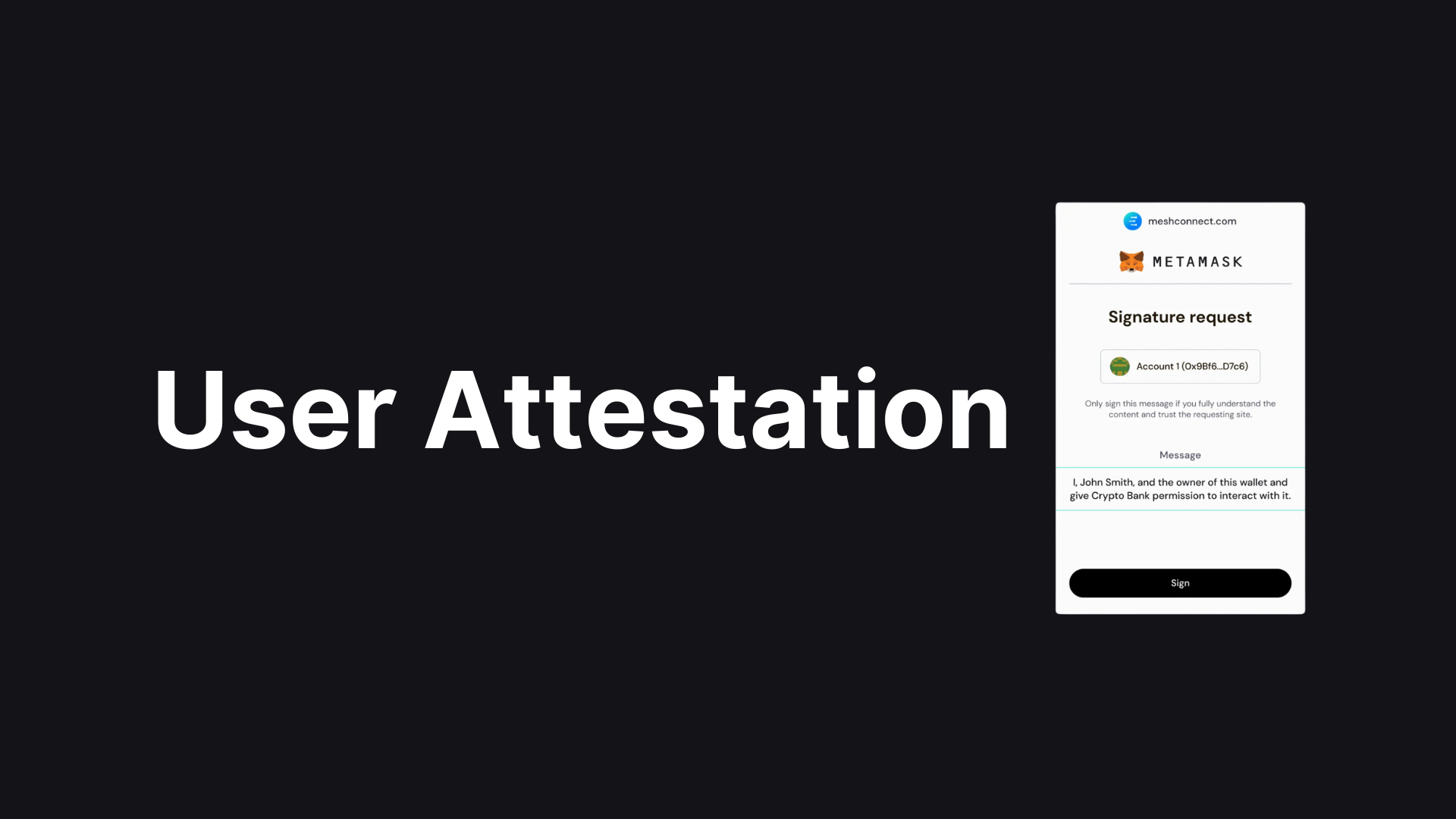
Double-Check Destination Addresses: Always verify that your Base network address is correct and compatible with the asset you are bridging to prevent irreversible loss of funds.
-

Enable Multi-Factor Authentication (MFA): Secure your wallets and associated accounts with MFA to add an extra layer of protection against unauthorized access during the bridging process.
-
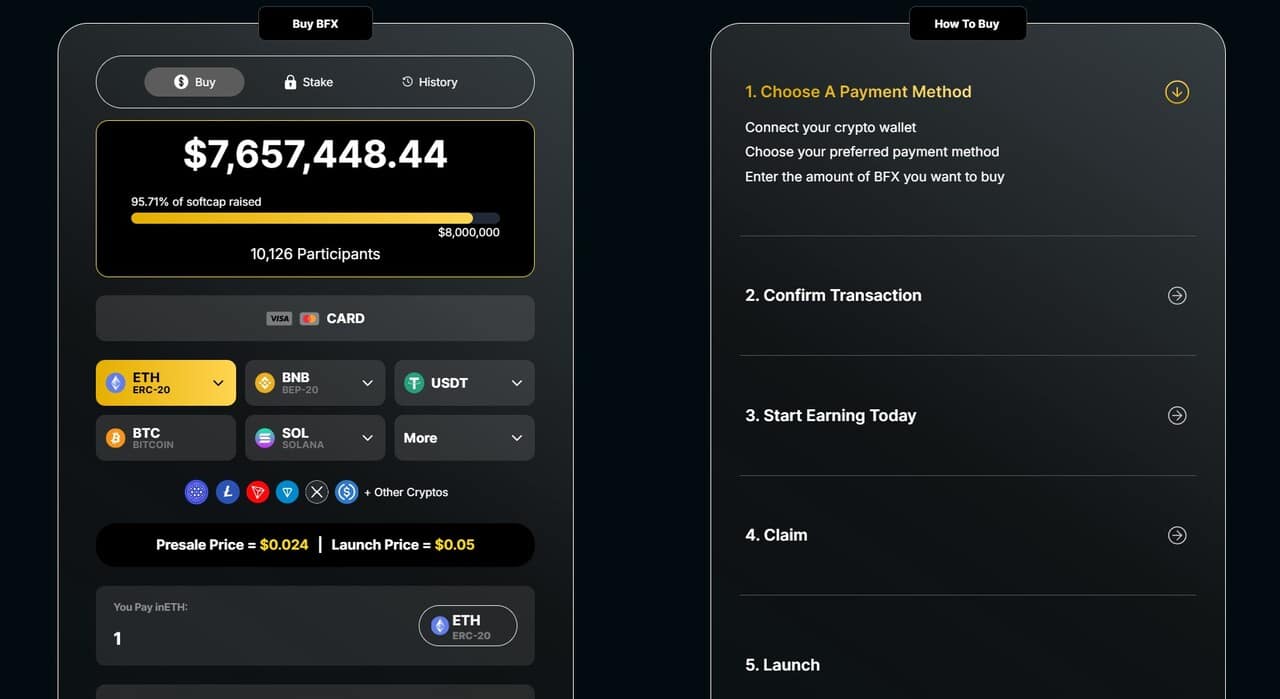
Check Token Compatibility: Ensure the token (BTC, wBTC.OFT, or Runes) is supported on both the source and Base networks before initiating the bridge to avoid failed transactions or asset lock-up.
-
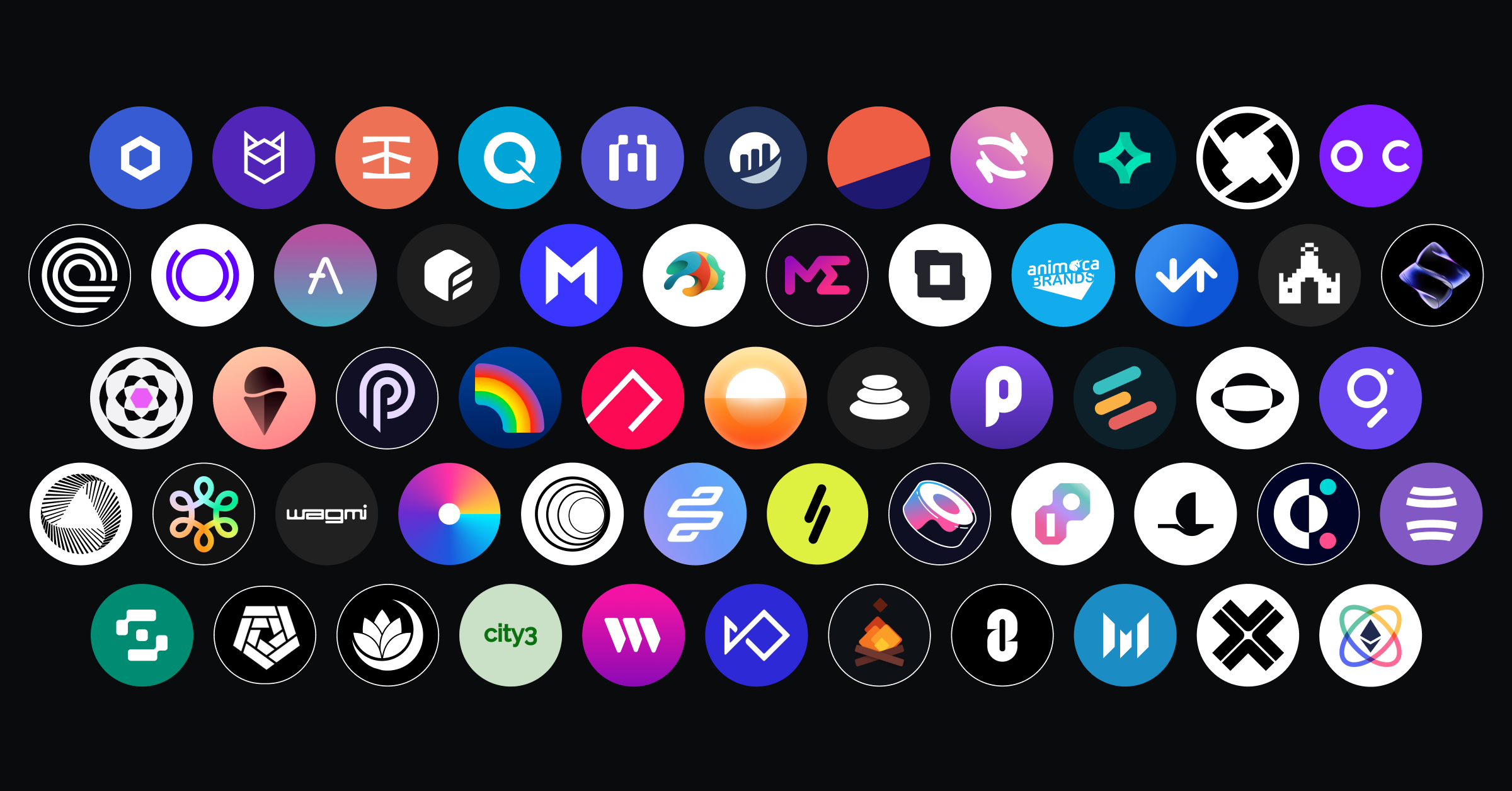
Monitor Official Channels for Updates: Follow the official Base and protocol documentation or social media for the latest information on supported tokens, bridge upgrades, and potential security advisories.
Security is paramount. Only interact with audited, reputable bridges and always verify URLs, phishing attacks are prevalent in the cross-chain space. Hardware wallets or multisig setups add an extra layer of protection for large transfers. For the most up-to-date security recommendations, consult the Base documentation.
What’s Next for Runes and Base Chain Interoperability?
While direct Runes-to-Base bridging is not yet live, the technical roadmap is promising. The anticipated approval of OP_CAT on Bitcoin could unlock more robust smart contract functionality, paving the way for seamless transfers of Runes tokens and other Bitcoin-native assets to Ethereum Layer 2s like Base. Early-stage protocols are already experimenting with airdrops and cross-chain swaps, signaling rapid progress in multichain interoperability.
For developers, the evolving standards around Runes bridges present a unique opportunity to shape the future of Bitcoin-Ethereum interoperability. Open-source projects and hackathons are accelerating innovation, with a focus on minimizing trust assumptions and maximizing composability across chains.
Summary Table: Bridging Options and Status (as of $109,555 BTC)
Comparison of BTC and Runes Bridging Solutions to Base Network (as of October 23, 2025)
| Bridge Solution | Supported Asset(s) | Status | Security Model | Fees | Notes |
|---|---|---|---|---|---|
| BOB Gateway (LayerZero) | Bitcoin (BTC) | Live | Trust-minimized, no third-party custodians | Variable (depends on network congestion) | BTC appears on Base as wBTC.OFT; streamlined single-transaction process |
| General Bridge Aggregators (LI.FI, Rango, Jumper) | ERC-20 tokens, some support for BTC via wrapped tokens | Live (for ERC-20s), BTC via wrapped only | Depends on aggregator (smart contract or hybrid models) | Variable; typically low on Base | Supports broad range of tokens; check compatibility for each token |
| Runes Token Bridges | Runes tokens | In development / Limited support | Unknown (pending official protocols) | N/A | Awaiting OP_CAT BIP approval for robust bridging; consult official docs for updates |
As BTC holds above $109,555, the Base network’s role as a DeFi hub is only set to expand. Whether you’re bridging for liquidity, yield, or ecosystem participation, staying informed on the latest bridge protocols and security practices is critical. For comprehensive technical details and updates, review the official Base bridge documentation.
